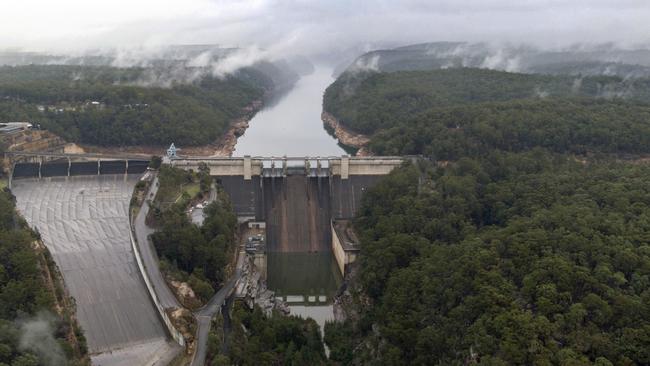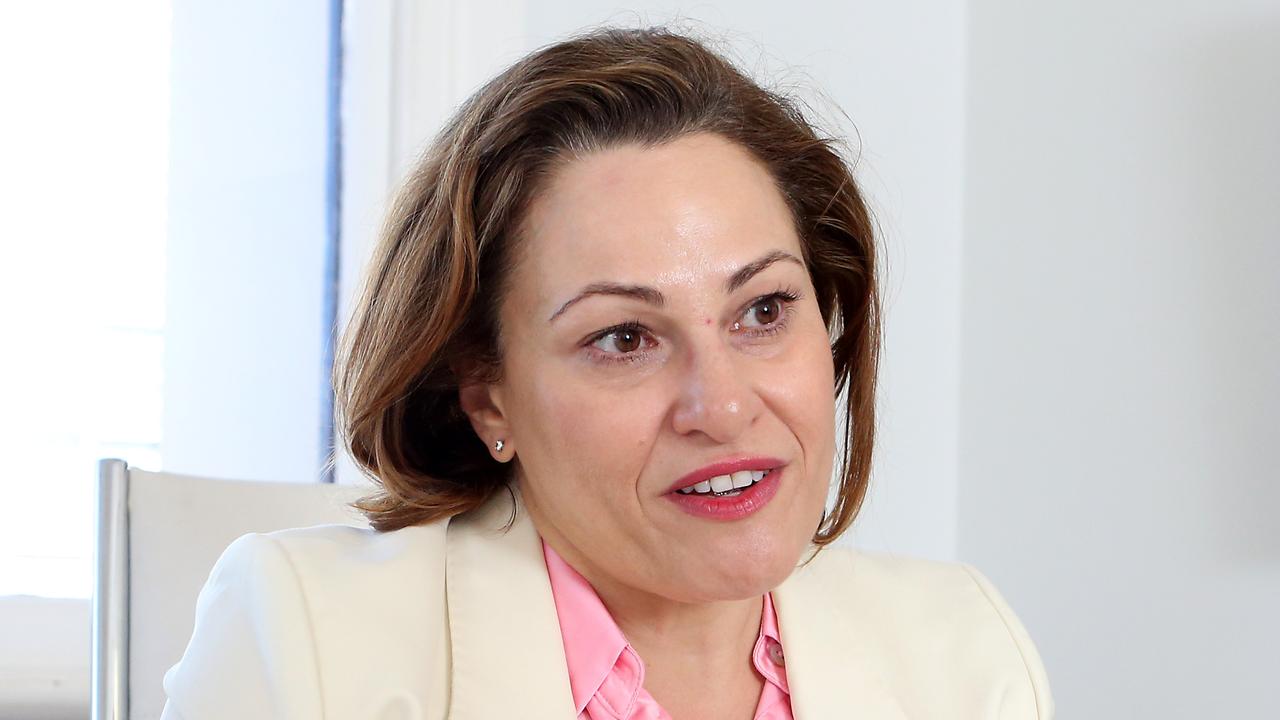Dams, flight paths? Ask the UN World Heritage committee first
A UN committee will oversee key decisions on Sydney’s future water supply and flight paths.

A UN committee including members from China, Cuba, Uganda and Burkina Faso will oversee key decisions on Sydney’s future water supply, flood mitigation and flight paths from the new international airport.
Australia has agreed to give World Heritage Committee members full details of the environmental impact of a planned increase in the height of the Warragamba Dam wall before any final decision to proceed is made.
The committee has also requested final flight path data for the new airport to ensure there is no impact on the Blue Mountains, a listed World Heritage area. Planning for the airport has been under way for decades and intervention by the World Heritage Committee could mean flights are routed over populated areas rather than the national park.
The committee has also told the federal government to limit future mining development in and around the protected zone.
Federal Environment Minister Sussan Ley did not attend the World Heritage Committee meeting, being held in Baku, Azerbaijan, until Wednesday.
Australia has been represented by a nine-member delegation of senior bureaucrats as well as a six-person indigenous delegation of traditional owners from the Gunditjmara people of southwest Victoria. The indigenous delegation’s attendance is in anticipation of a new heritage listing for their area at the Baku meeting.
The Budj Bim area will be the first World Heritage listing of an Australian site exclusively for its cultural values.
Ms Ley said the federal government recognised the importance of protecting the Greater Blue Mountains’ World Heritage status. “World Heritage listing is a significant international achievement for any property,” she said.
“It is based on a recognition that the Blue Mountains has outstanding natural values that are globally significant. World Heritage listing protects the values of the property, and also delivers social and economic benefits.”
Ms Ley said the listing did not mean that development could not take place in western Sydney, “but it does mean that every effort has to be made to protect the natural values of the Greater Blue Mountains”.
“To retain the World Heritage listing it is important to demonstrate that those efforts are being made and that is what this process can achieve,” Ms Ley said.
Raising the Warragamba Dam wall is a state government project but it is being assessed under the federal Environment Protection and Biodiversity Act.
The federal government is the state party recognised by UNESCO for World Heritage matters.
Australia is one of 21 nations on the current World Heritage Committee. The others are: Angola, Azerbaijan, Bahrain, Bosnia and Herzegovina, Brazil, Burkina Faso, China, Cuba, Guatemala, Hungary, Indonesia, Kuwait, Kyrgyzstan, Norway, St Kitts and Nevis, Spain, Tunisia, Uganda, Tanzania and Zimbabwe. Many of the nations on the World Heritage Committee have poor environmental records, including host nation Azerbaijan. The Absheron Peninsula is regarded as one of the most ecologically devastated regions in the world because of severe air, soil and water pollution. Brazil and Indonesia have been criticised for widespread deforestation, while Zimbabwe’s poor mining practices are blamed for heavy metal pollution of the African nation’s land.
A coalition of environment groups, led by the Colong Foundation and including former Greens leaders Bob Brown and Christine Milne, has lobbied UNESCO to intervene.
Colong Foundation organiser Harry Burkitt said hundreds of donors, volunteers and supporters from western Sydney had helped take the Warragamba Dam fight to the UN. Foundation director Keith Muir said that as a signatory to the World Heritage convention, Australia must accept the rules that go with it. “The World Heritage Committee is within its rights to criticise our intended damage to this World Heritage area,” he said.
The proposal to lift Warragamba Dam’s wall by 14m for flood mitigation is expected to cost more than $700 million.
NSW Finance Minister Damien Tudehope told state parliament the proposal to raise Warragamba Dam was a key element of the government’s flood strategy for the Hawkesbury-Nepean river floodplain.
“While there will be some environmental impacts from temporarily holding floodwaters behind a raised dam wall, they must be measured against the social and financial impacts a catastrophic flood would have on western Sydney communities,” he said.
Critics argue the project is more designed to provide additional land development opportunities in the floodprone area.
Last October, the NSW parliament passed an amendment to the Water NSW Act 2014, exempting Warragamba Dam from the prohibition to increase temporary inundation in a national park.
Australia told the World Heritage Committee the raising of the wall was expected to increase the frequency and extent of temporary inundation upstream of the dam. The World Heritage Committee noted this “with concern”.
Former NSW environment minister Bob Debus told the World Heritage Committee meeting the area proposed for intermittent inundation included up to 1000 hectares of World Heritage property and up to 3700ha within the adjacent protected area critical to its integrity. Up to 65km of wilderness rivers would be inundated.
”The area proposed for inundation includes at least 300 known Gundungurra Aboriginal cultural sites, which would be damaged,” Mr Debus said. He said the NSW government has treated the protection of outstanding universal value in a World Heritage area as little more than an irritating afterthought. He said the state government’s real motivation was to increase residential development in the flood plain.
The World Heritage Committee said inundation of any areas within the Blue Mountains World Heritage property was likely to impact on its outstanding universal value. The committee reaffirmed that it considered the construction of dams with large reservoirs within the boundaries of World Heritage properties as incompatible with their World Heritage status.
The committee noted advice from Australia that development of Western Sydney Airport might result in “some noise impacts on amenity within the property”.
These could be minimised through the airspace and flight path design.



